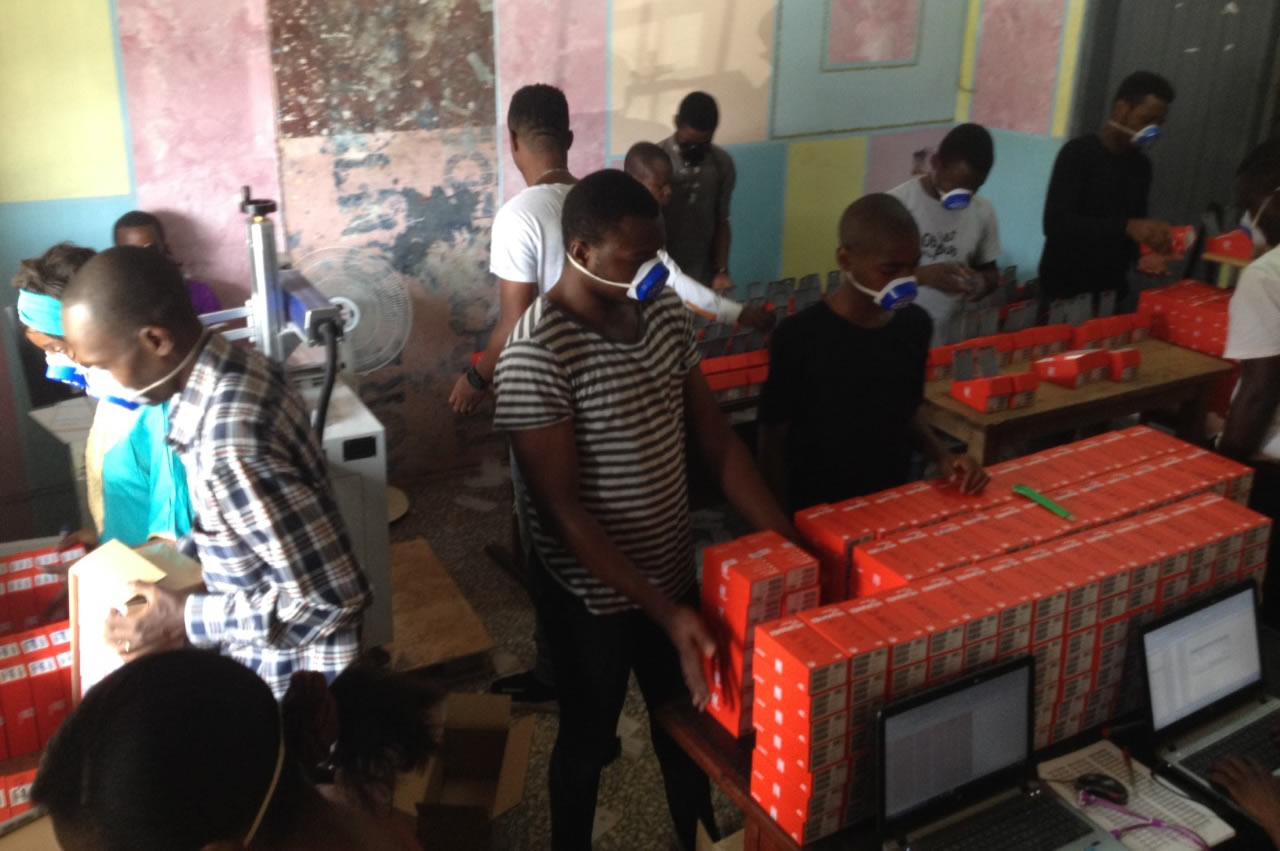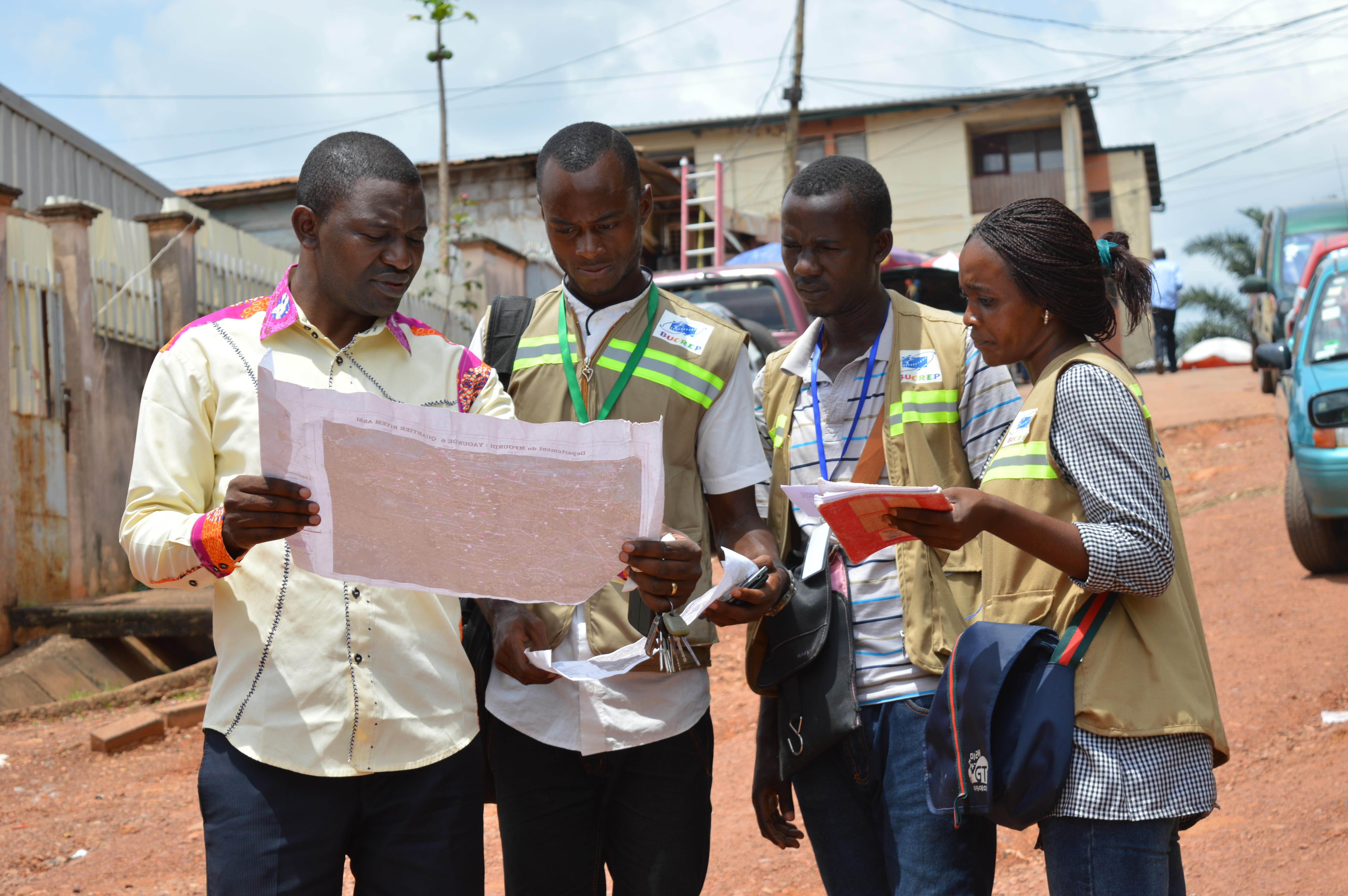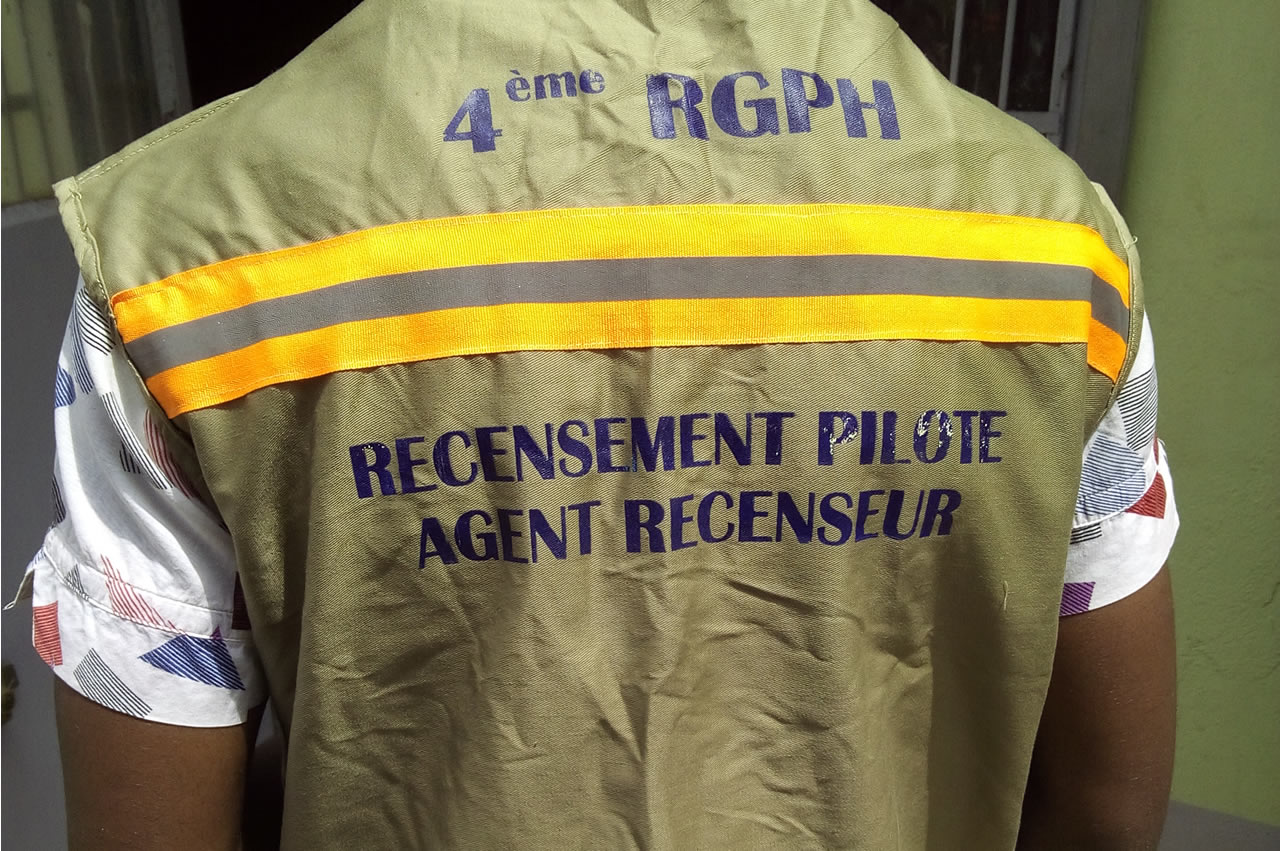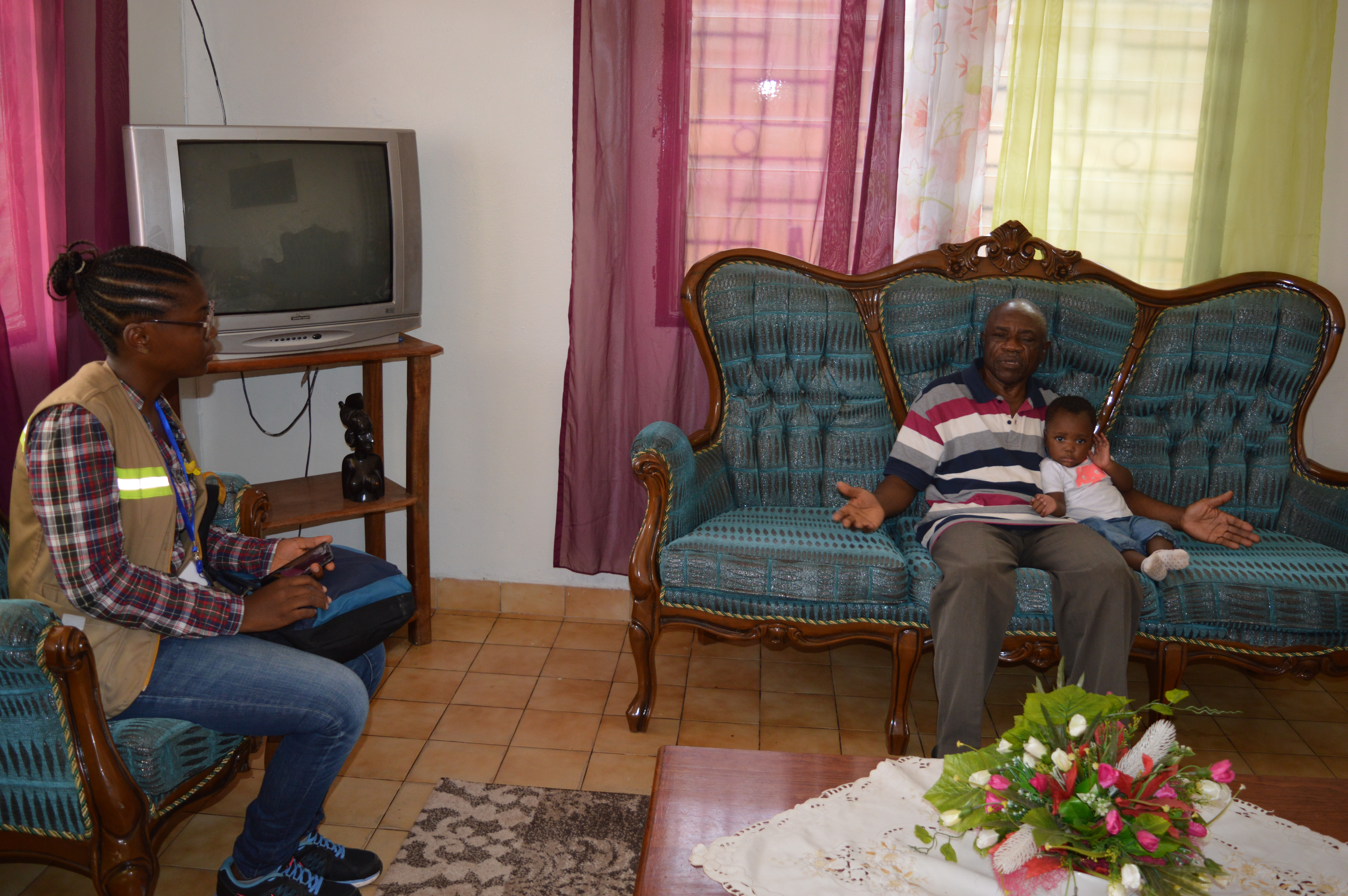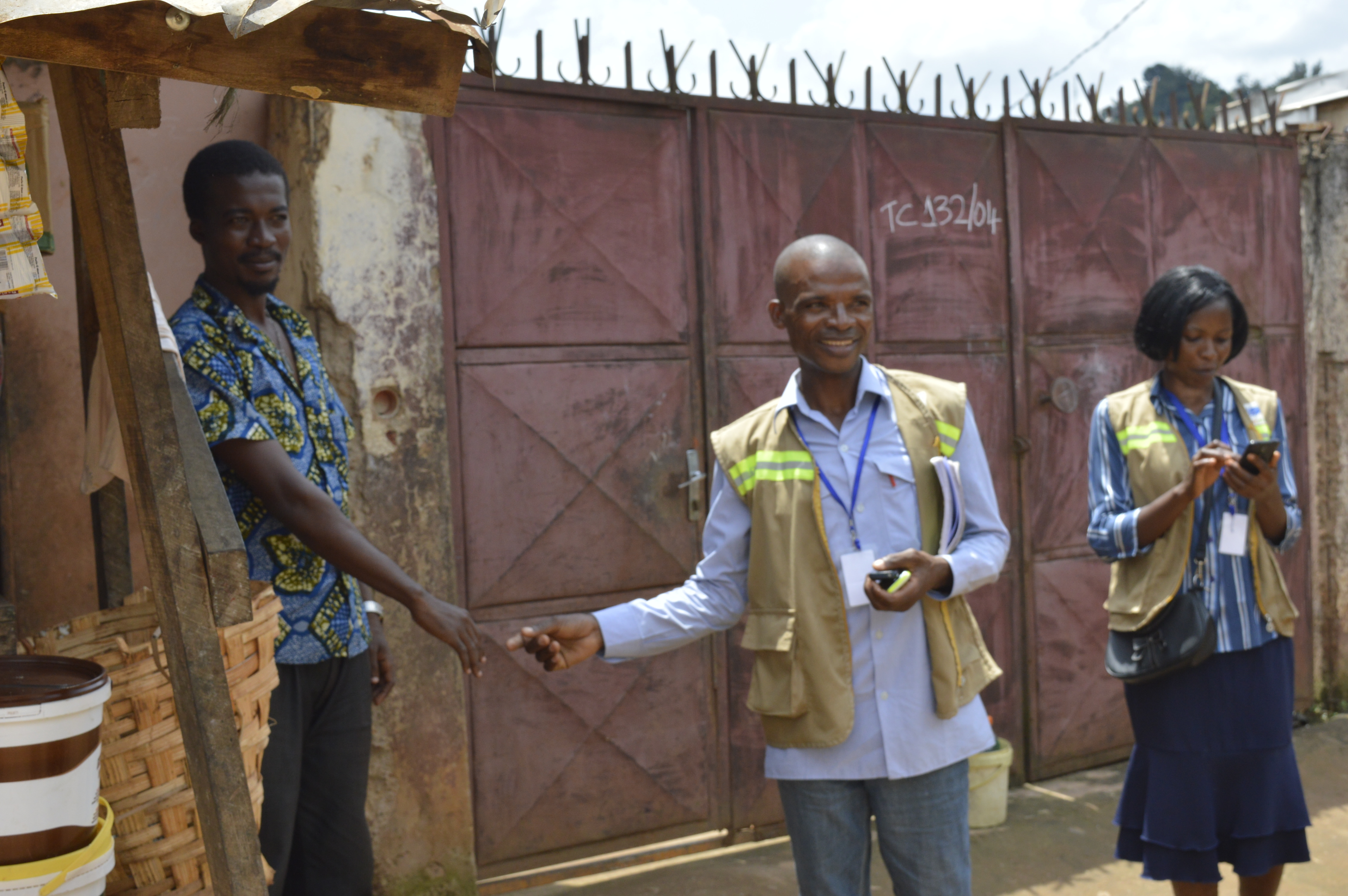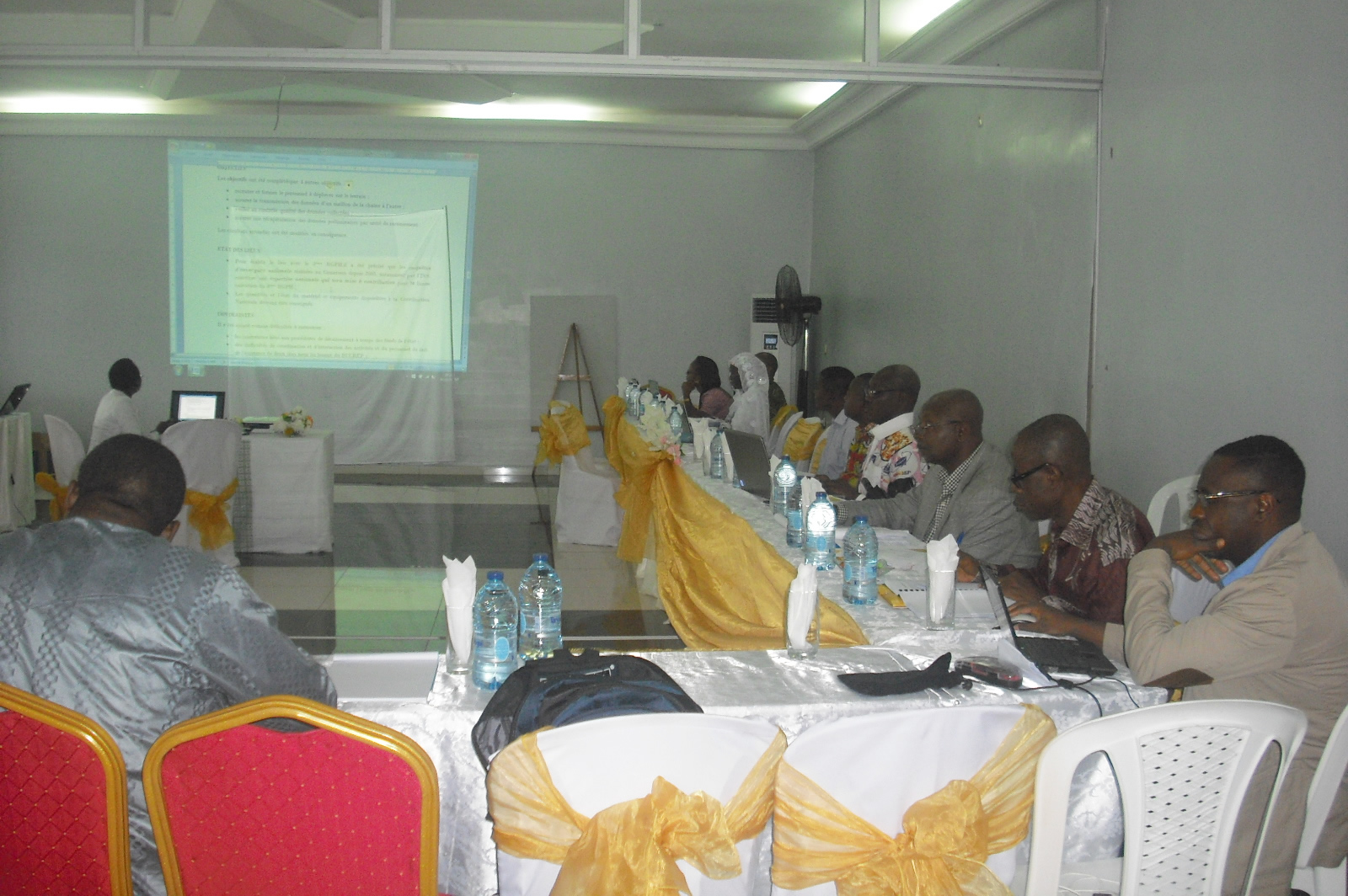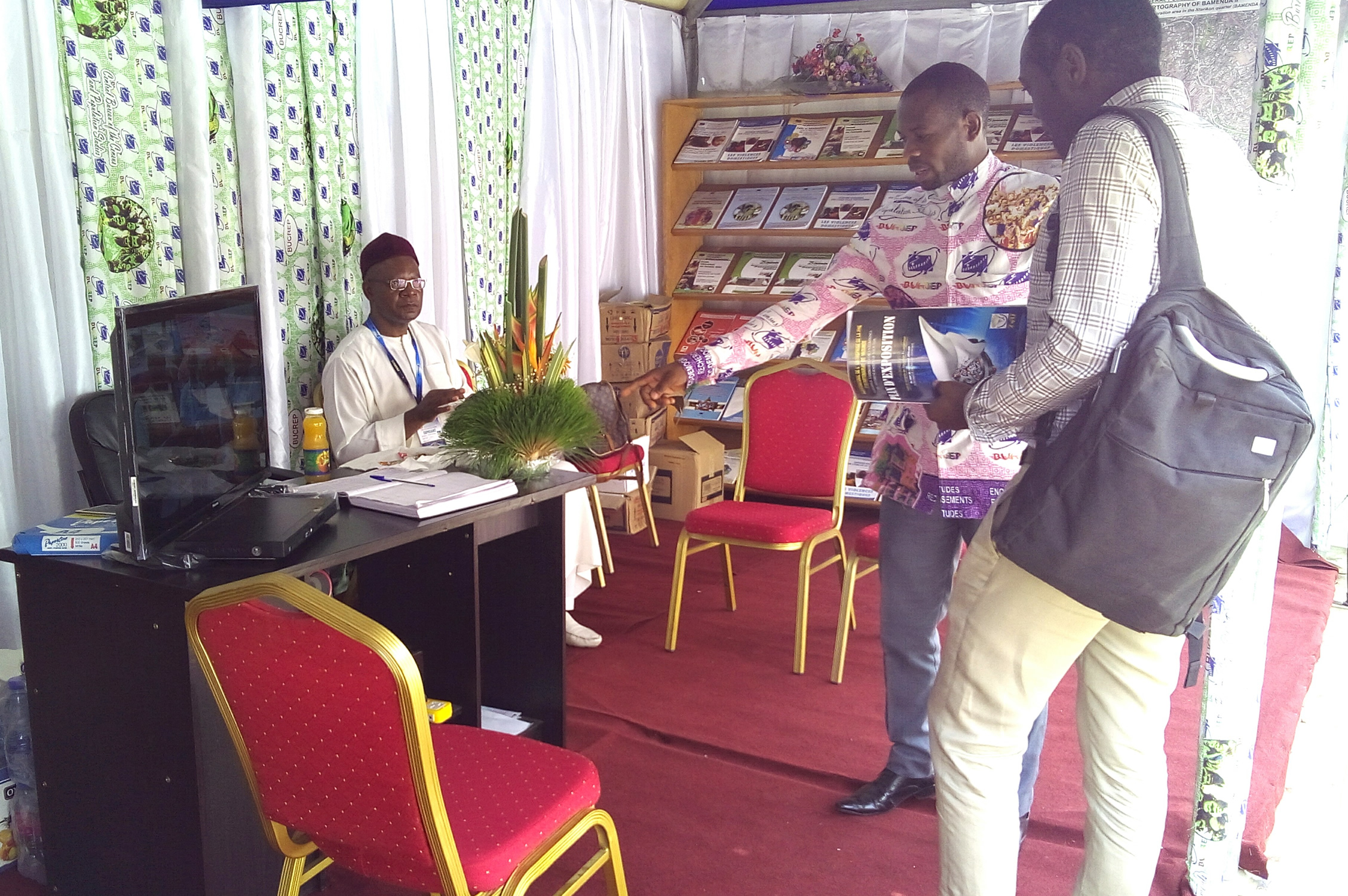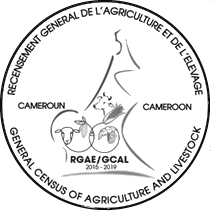Presentation The 4th GPHC in short
About the 4th GPHC
The General Population and Housing Census is the statistical source which provides exhaustive data at the finest geographical level on the demographic, economic and socio-cultural characteristics of the population. These data constitute a valuable instrument for the preparation, monitoring and evaluation of development plans and programs, both at national, regional and decentralized local government levels. The United Nations recommends that member countries carry out their GPHC every ten years, in order to have up-to-date socio-demographic data, necessary for framing development policies.
After the 2005 GPHC, Cameroon plans to carry out its fourth GPHC. The realization of this vast project was instituted by Presidential Decree N ° 2015/397 of September 15, 2015 and entrusted to the Central Bureau of Censuses and Population Studies (BUCREP). The 4th GPHC will be carried out in several phases:
- preparatory activities
- census cartography
- pilot census
- main enumeration
- post-enumeration survey
- the exploitation and analysis of collected datas
- publication, dissemination and dissemination of results
The Government has opted for the use of smartphones (pocket computer) when collecting data, in order to have the results shorten the time for making the results available. Indeed, this technological option has the advantage of eliminating the verification, coding and data entry phases.

